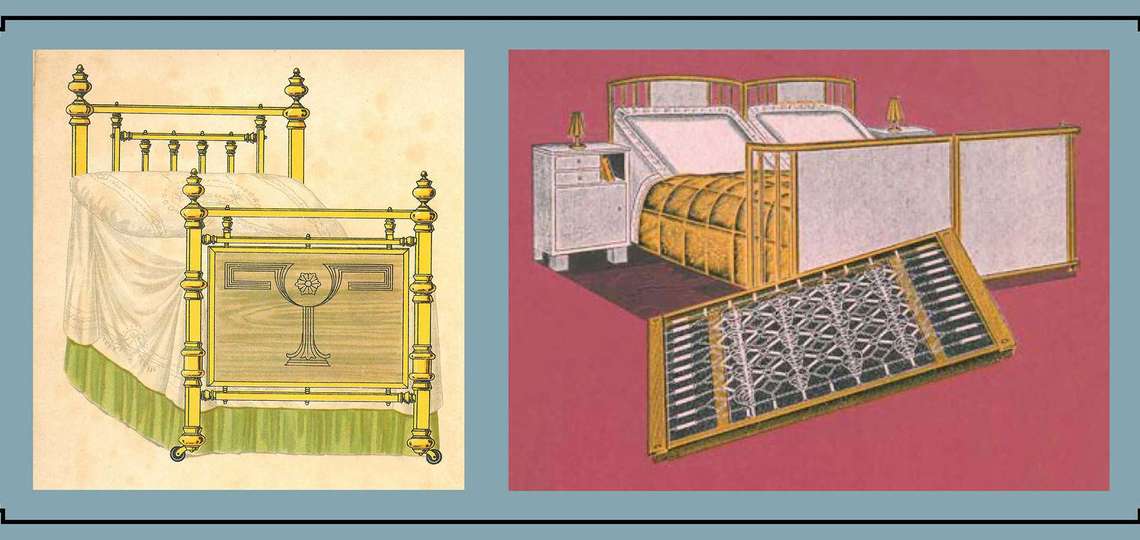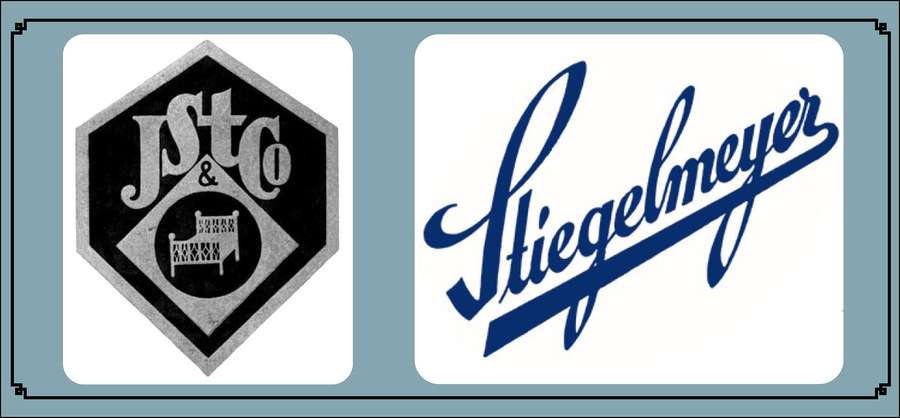
When the Twenties turned roaring after all
100 years ago, Stiegelmeyer experienced an exciting time of new beginnings
The 1920s are regarded as a decade with a fascinating flair. After the First World War, Germany experienced a short period of freedom and democracy. Cultural life and technical progress reached unique heights during this period. Although the terrible developments of the 1930s erased much of what had been achieved, ultimately the "Roaring Twenties" continue to shape life in many areas to this day. The modern living style of the Bauhaus, the development of media technology or mass mobility and, last but not least, the urge for freedom and the liberalism of this wild time changed civilisation.
Therefore, just a few months ago, many people were looking at the "new twenties" with nostalgia and high expectations. At Stiegelmeyer, we also had a cheerful headline on our company calendar: "Join the Roaring 20s – now digital". But instead of Charleston and the shingle hair cut, an almost forgotten horror returned: a worldwide pandemic. In 1920 people suffered from the consequences of the Spanish flu, in 2020 it is COVID-19. Whether our current decade will still be roaring is written in the stars. However, a glance at the Stiegelmeyer chronicles shows that vigour and optimism are good companions.
Wedding with happy consequences
100 years ago, shortly after the First World War, the company Stiegelmeyer came to a near standstill. But then things quickly began to improve again. The main reason was a wedding. The company was then managed by Albert Dörnte, a former business partner of company founder Johann Stiegelmeyer. By 1903, Dörnte had taken over the business in Herford completely, while Stiegelmeyer founded a rivet factory in Hanover. In autumn 1920 Albert Dörnte's daughter Grete then married the merchant Dietrich von Hollen from Martfeld near Bremen. The clever businessman became a business partner and managing director and determined the course of the company for half a century. With Dietrich von Hollen the history of the Kemmler shareholder family in the company begins. Anja Kemmler, the current chairwoman of the family, is his great-grandniece.

The 1920s were a phase of successful expansion for Stiegelmeyer. Even the great inflation of 1923 did not stop the company. In 1920, only 40 people worked at the Herford location, by the end of the decade the number had risen to 130. 1929 saw the addition of an additional plant in Cologne-Ehrenfeld, where steel wire mattresses and simple metal beds were produced. The headquarters in Herford's Annastraße was expanded and modernised several times. In 1925, the company also acquired a Herford-based wood furniture factory in which bedroom furniture and children's beds were produced from then on. A considerable part of the goods was exported at that time, for example to the Netherlands and Denmark.
Modern lifestyle
The modern lifestyle of the 1920s was also reflected in the design of the beds and the company's corporate identity. In the imperial era, Stiegelmeyer itself had decorated hospital beds with the embellishments of the period, typical of historicism. Brass beds for private customers were distinguished by richly decorated posts and headboards. Now the practicality of modernism moved in – but without sacrificing elegance. Preserved catalogue pictures from the early 1930s show beds and bedside tables in an Art Deco style that is still appreciated today.

The company logo also underwent a modernisation. The first logo from 1900 still had the company name hidden behind the abbreviation "J St & Co", now "Stiegelmeyer" was written out in cursive script on a steeply ascending line. The timelessly elegant lettering remained until the end of the 1980s. The speed and energy of the new logo is also reflected in the attempt to enter the market in 1924 as a motorcycle manufacturer alongside the bed business. The sketch of a Stiegelmeyer motorcycle made of bed frame steel tubing has survived – but whether it was ever built can no longer be determined today.





